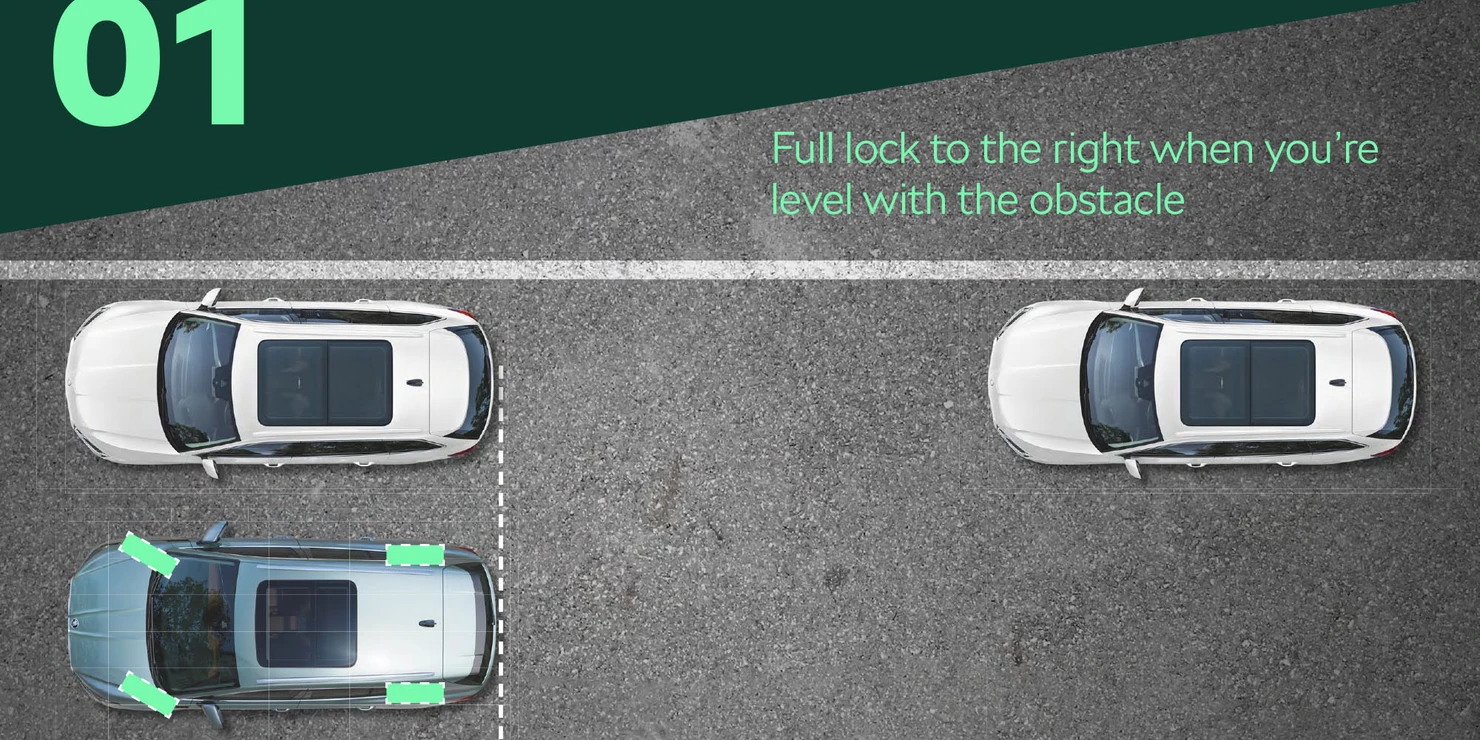Is parallel parking one of your driving nightmares?
Do you check out a dozen possible car spots before trying to squeeze into a small gap?
Parallel parking is easier than you think.
Parallel parking
How do I know if an empty space is big enough for my car?
The length of the car + a few tens of centimetres at each end should be sufficient.
• Stop at a distance of about one metre from the car parked beyond the empty space in the direction of travel. If it is a car of the same size category, stop so that the exterior rear-view mirrors are in line. If the lengths of the two cars are different, align the rear bumpers.
• Turn the steering wheel to full lock so the rear will move towards the kerb and start reversing.
• Once your car is at approximately a 45-degree angle to the kerb, straighten the wheels and continue reversing.
• When the A-pillar of your car on the kerb side is level with the rear of the stationary car, turn the steering wheel to full lock on the opposite side.
• Drive smoothly into the parking space, make sure your wheels are pointing straight ahead and position your car in the middle of the space. This is where parking sensors or a camera can be a great help – they give the driver an accurate idea of how far he is from the cars in front and behind and how much space he can still use before unintentional bumper-to-bumper contact occurs.
TIP: When performing parallel parking, always back into the space. We do not recommend driving forwards into the space – you may have to mount the pavement (kerb) with your front wheels, and that could damage your car or endanger pedestrians.
Perpendicular parking
Forwards – with the front of the car facing the kerb, a wall or another parked car
• Position your car so there’s at least one car’s width between it and the line of parked cars.
• Turn the steering wheel to full lock to make the car turn in the appropriate direction.
• Keep an eye on the front “corner” of your car on the outer side of the curve so you don’t scrape the car next to you. This is where assistance systems like parking sensors or cameras come in handy.
• Straighten your wheels in good time.
• If necessary, don’t hesitate to stop, adjust the steering, back out a little and turn into the space again.
Reverse parking
Reversing – with the rear of the car facing the kerb, a wall or another parked car
• Stop about one metre away from the parked cars so that the rear of your car is level with the near side of the parked car (i.e. level with the side of the car facing the vacant spot you want to drive into).
• Turn the steering wheel to full lock so that the wheels will turn the car in the appropriate direction.
• Keep checking the side rear-view mirrors, first one and then the other.
• Once your car is parallel to the others, straighten the wheels again.
• Reverse until you’re in the desired position.






